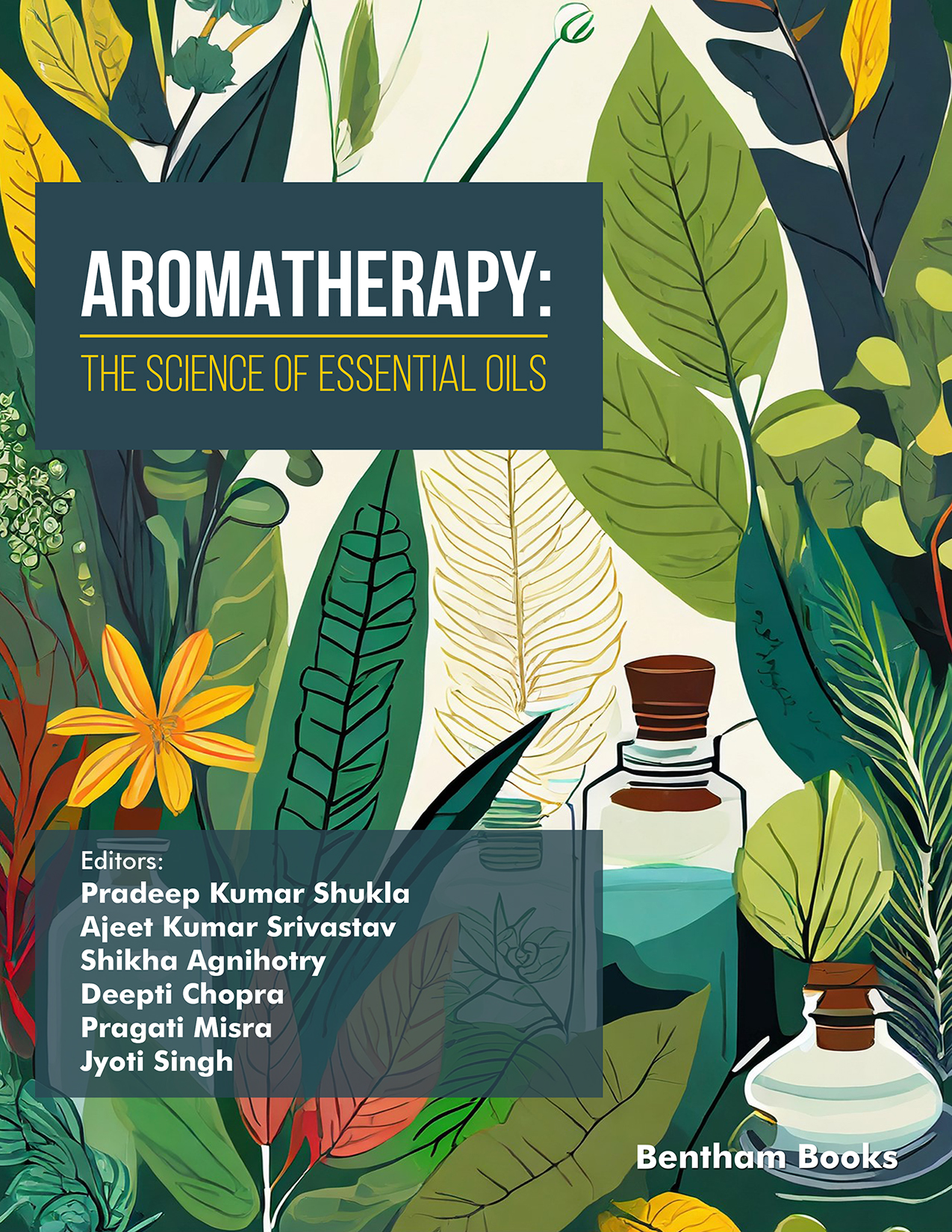Writing the first edition of a book on the fascinating topic of aromatherapy, The Science of Essential Oils, is a privilege and an honour for us.
Since about 6,000 years ago, essential oils have been utilised to boost one's health or disposition. Aromatherapy is "the therapeutic application or the medical use of aromatic compounds (essential oils) for holistic healing," according to the National Association for Holistic Aromatherapy (NAHA). Numerous essential oils are thought to contain antiviral, nematocidal, antifungal, insecticidal, and antioxidant characteristics in addition to varying degrees of antibacterial action. Applications for aromatherapy include inhalation, topical use, and massage. Users should be mindful that "natural" goods are actually chemicals and might be dangerous if used improperly.
When using essential oils, it is critical to follow the advice of a trained professional. This book also discusses how commonly used therapeutic drugs, personal care products, and other chemicals, when consumed or applied to the body, can be toxic if not thoroughly researched. Although there is a growing awareness of the benefits of Aromatherapy, it is still underutilised, and people need to be educated about how Aromatherapy is safe for users through therapeutic application and what precautions can be taken before use. All of the authors in this book are highly skilled researchers who have extensive and up-to-date knowledge of the subject matter and are actively conducting research in the relevant fields.
We made every attempt to give information compiled from research articles already published on the topic for each chapter, and we organised it into subsections to make it easier to read. We did our best to utilise plain language that readers of all reading levels might understand. We anticipate that after reading the book, the reader will be better informed about the advantages of routine use of essential oils, aromatherapy in general, and about how other plants and natural elements interact with aromatherapy on the skin and inside the body.
Pradeep Kumar Shukla
Department of Biological Sciences
Faculty of Science, Sam Higginbottom University of Agriculture
Technology and Sciences, Prayagraj
Uttar Pradesh, India
Ajeet Kumar Srivastav
Photobiology Laboratory
Indian Institute of Toxicology Research
Lucknow, India
/
Department of Biochemistry
Babu Banrasi Das University
Lucknow, India
Shikha Agnihotry
Department of Computational Biology and Bioinformatics
Jacob Institute of Biotechnology and
Bio-Engineering
Sam Higginbottom University of Agriculture
Technology and Sciences
Prayagraj (Allahabad)
Uttar Pradesh, India
Deepti Chopra
Photobiology Laboratory, Systems Toxicology and Health Risk Assessment Group
CSIR-Indian Institute of Toxicology Research
Vishvigyan Bhavan 31, P.O. Box No. 80, M.G. Marg
Lucknow-226001, India
Pragati Misra
Centre for Tissue Culture Technology, Jacob Institute of Biotechnology and Bioengineering
Sam Higginbottom University of Agriculture
Technology and Sciences, Prayagraj
Uttar Pradesh, India
&
Jyoti Singh
Photobiology Laboratory, Systems Toxicology and Health Risk Assessment Group
CSIR-Indian Institute of Toxicology Research
Vishvigyan Bhavan 31, P.O. Box No. 80, M.G. Marg
Lucknow-226001, India

